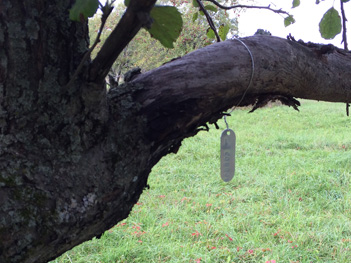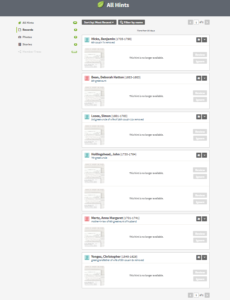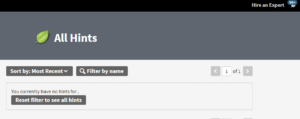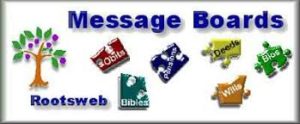
Recently, my St. Patrick’s Day Ancestry.com special DNA deal results were returned. I had tested with Ancestry years ago prior to autosomal’s availability. When the price for autosomal dropped, I decided to test with two other companies to gain access to their testing population and opted to have my children test with Ancestry. I decided to purchase the Ancestry test because the price was right ($49.00), I wanted to go back one generation further than my children could do in search for my Morrison and Adams brick wall lines, and I wanted to play with Ancestry’s new DNA feature, Thru Lines, without having to wade through my husband’s side that my children inherited.
I’m pleased to connect with one Morrison and five Adams’ family members. Although this certainly doesn’t resolve my brick wall it does support the direction I was going in with my research. I suspected that my Edward Adams was the grandson of Sylvanus Adams of Sussex County, New Jersey but not being able to identify Edward’s father, I couldn’t prove it. My hunch was due to the interesting male name of Evi. After Edward died intestate in Perry County, Ohio in 1822, an Evi Adams living in the area served as administrator. Evi died a few years later and I never was able to find his father, either. Evi was about the same age as Edward so I surmised that they were either brothers or cousins. There were several Evi’s in Sylvanus Adams’ lines before and after him so I felt strongly that Edward’s brother/cousin must be related somehow. DNA seems to be showing that’s correct but I still haven’t found that one document that’s out there somewhere to prove it.
Although I’m pleased with the results I can understand how people who are new to genealogy and DNA give up after getting their results. I know that the ethnic percents are only as valid as the pool used to compare findings. In Ancestry’s case, I’m 51% German. I don’t know how that’s possible since I would have gotten half of my DNA from my mom, who was full blooded Croatian and half from my dad, who was a mix of German, Irish, English, Welsh and Scotts. Ancestry shows me with NO Irish, English Welsh or Scotts. According to Ancestry, I’m only 4% French. 23andMe had me as all French and no German.
I not only understand the pools from which the sample was compared differed, but the history of the areas. My dad’s people were from the Palatinate, the German-French area that experienced bloodshed for years and went back and forth between the two countries. So, am I French or German? I realize I’m a mix of both and I’m fine with that. If I didn’t understand how this works, though, I would be totally confused.
Recently Ancestry got into trouble with their latest DNA commercial. I believe their well loved commercial about the man trading his lederhosen in for a kilt should have been an eye opener. I’m thinking that man needs to test elsewhere to get a fuller picture of his ancestry.













